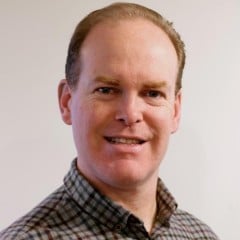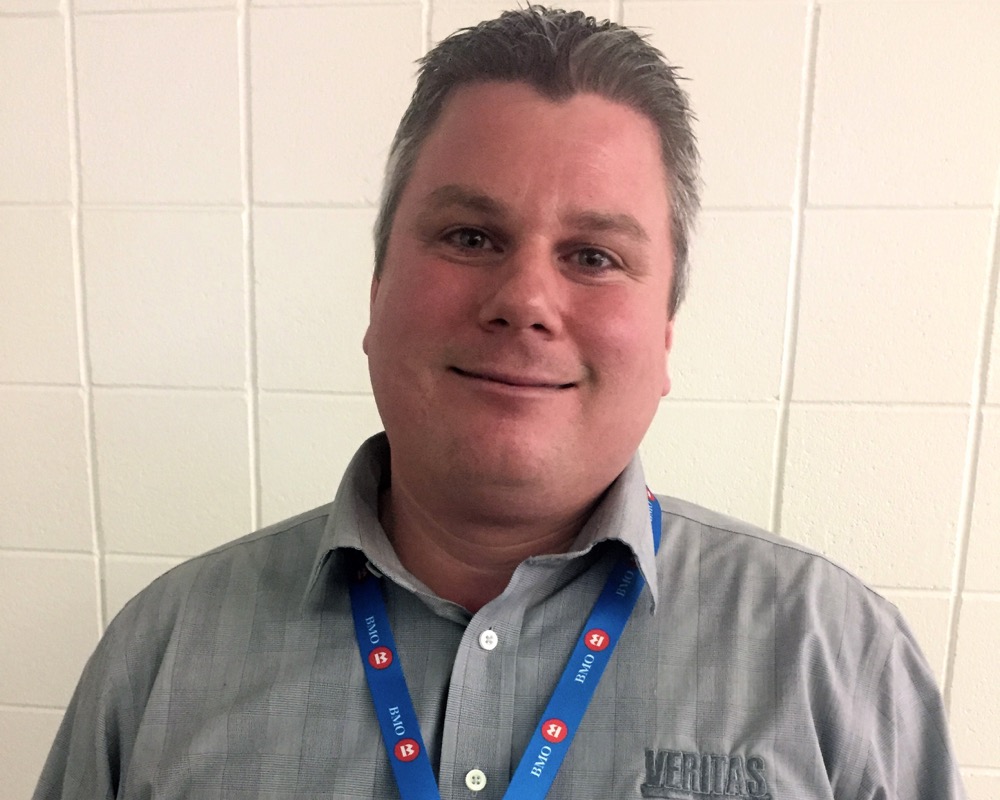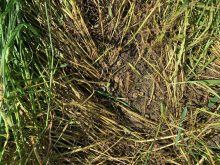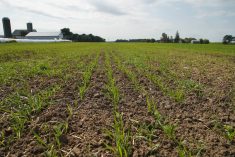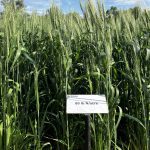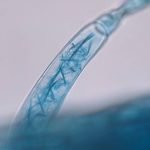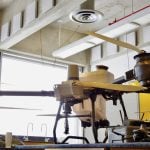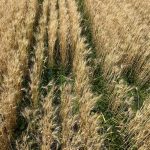Precision farming can find the high yield and low yield, high fertility and low fertility areas of a farm, but the missing link has been how that ties to profitability.
Why it matters: The capacity to apply nutrients variably across a crop field isn’t new, but it’s been difficult for farmers to see the justification of the cost of equipment and price for mapping. Profit mapping could change all of that. Think variability in terms of profit, not yield.
Read Also
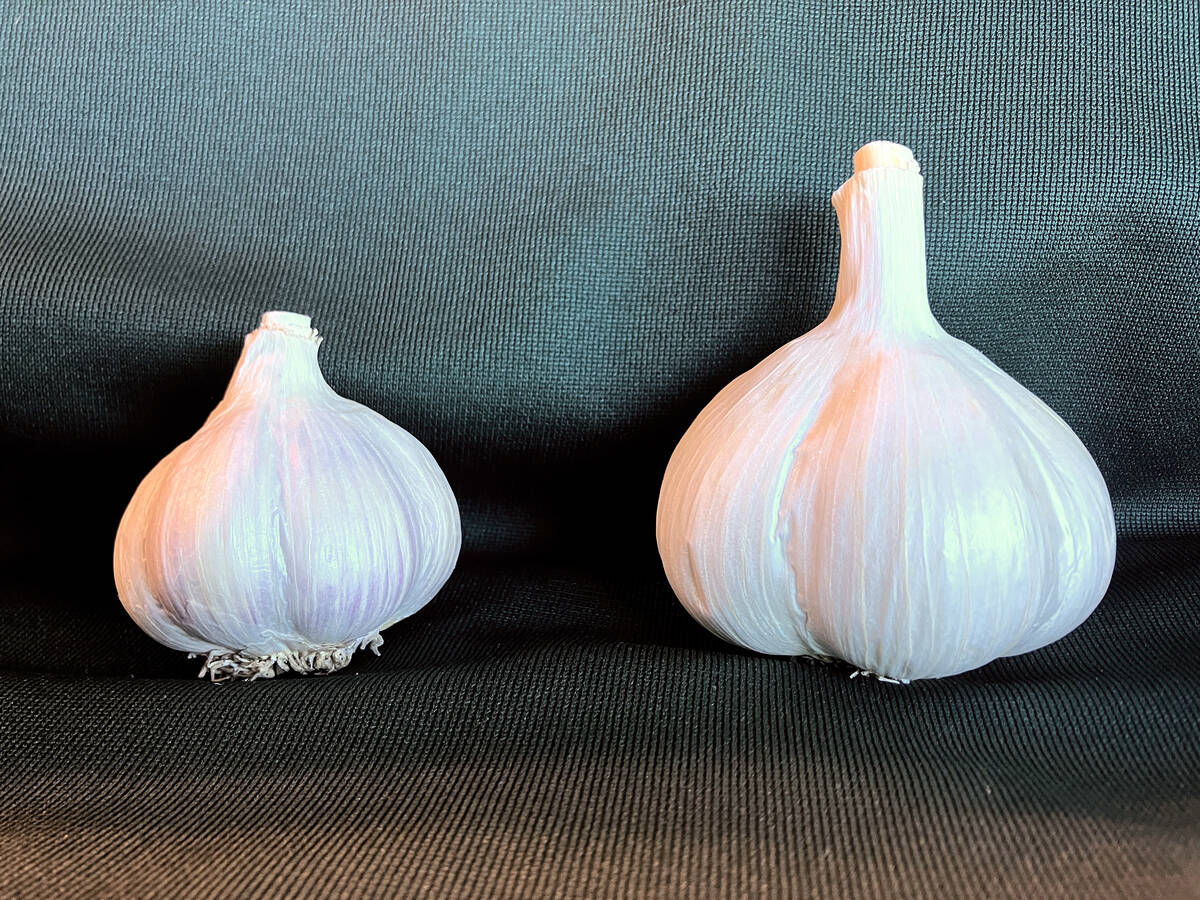
Clean seed garlic promises bigger bulbs and higher returns for growers
Ontario garlic trials show clean seed outshines conventional yields, with stronger drought resilience, reduced virus risk and greater economic outcomes.
“This is the beginning of making precision farming more valuable for us,” said Clarence Swanton, a weed scientist at the University of Guelph, who has done research with profitability mapping.
He and Mike Wilson, a certified crop advisor and affiliate program lead with Veritas, in Chatham, talked about the practical application of profitability mapping at the Southwest Ag Conference in Ridgetown.
Here’s how profitability mapping works on a farm:
- Take the data available for a farm: yield maps, fertility maps and as-applied input maps and tie them to the profit for each area including the price received for the crop.
- The profit layer is calculated by a computer program and shows the profitability down to specific areas of a field.
- As a result, the input decisions – seeding rate, fertilizer, chemicals – can be based on more than just yield and soil fertility, it can be based on decisions that have an impact on profit.
- Profitability also allows a farmer to “call BS on the scripts being produced for you. If it’s not performing how you want it to perform, ask them to change it,” said Wilson.
Wilson said that each time corn is planted and harvested, the combine driver knows that there are areas that don’t yield as well, both visually and by the yield monitor. However, Wilson said that the work they’ve been doing with profitability maps show that there can be serious variability between high and low profit areas.
“There are areas that can net $400, but there are also areas that are losing $400 to $500 per acre.”
Seeing that $400 loss gets people’s attention, said Wilson. A loss that large can be hard to make up, but identifying areas where there’s a $40 loss can be helpful. If fertility tests show that the levels are already healthy, then variable rate application can put less fertilizer or seed in that area where crops don’t grow as well.
The profitability maps help increase the bushels for every $1000 spent by reducing the inputs per lower-productivity area.
A $400 loss area may have no solutions. It might make more sense to do something else with that land, said Wilson.
Same profit, more ecological diversity
Swanton agrees and he said that profitability mapping could help balance ecosystems and profitability on farms.
He foresees a time when farmers will be able to tell when it makes sense to just plant a cover crop instead of a particular crop, because it is unprofitable. It could also tell a farmer when land, or parts of farms make little sense to rent.
Swanton is excited about the idea that farms could be just as profitable, by enhancing yields in most profitable areas, and then increase the biodiversity on their farms by retiring or doing something else with unprofitable areas.
“Think of the public relations if we increase the biodiversity across our land,” he said.



